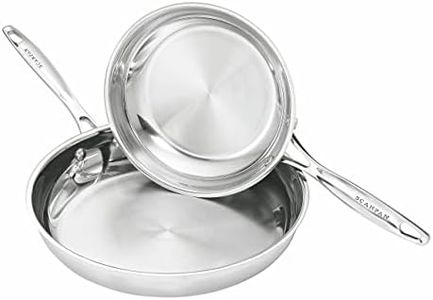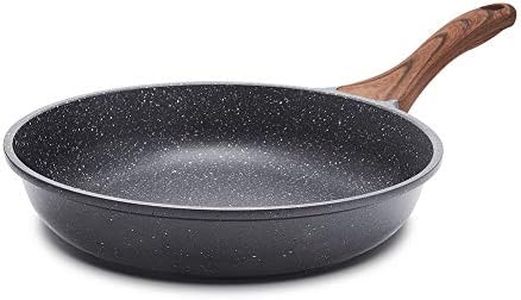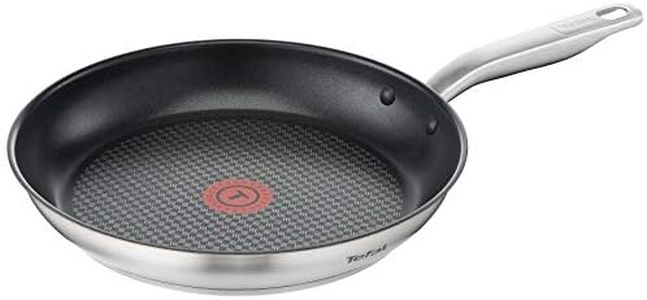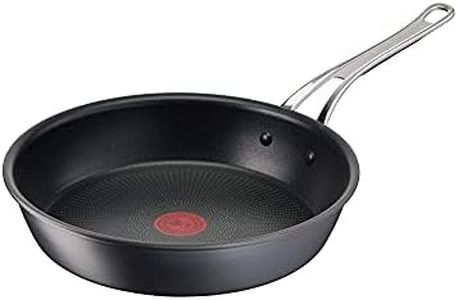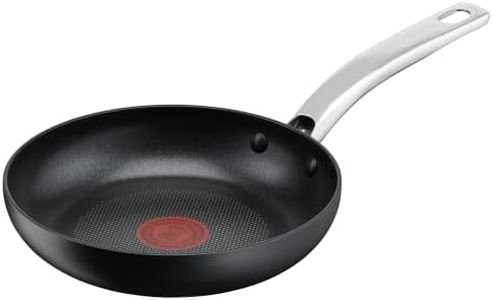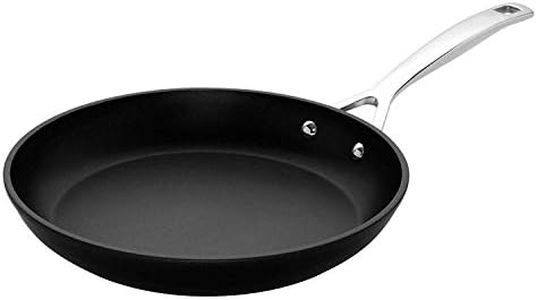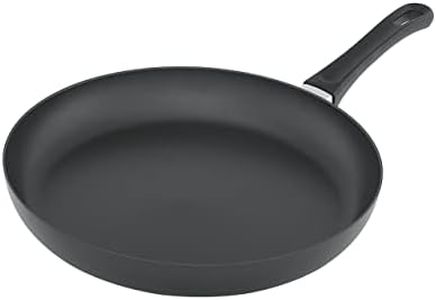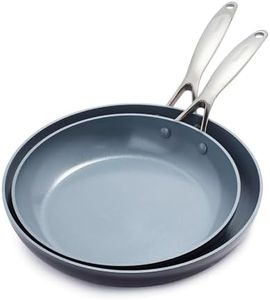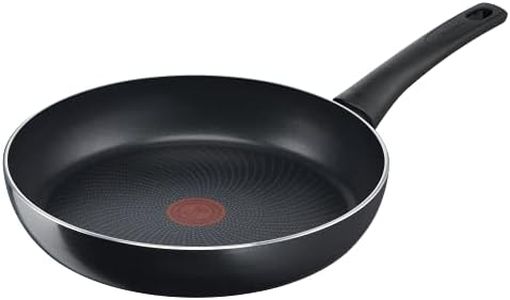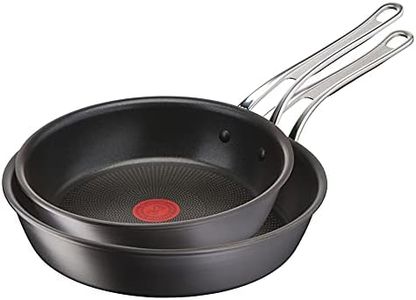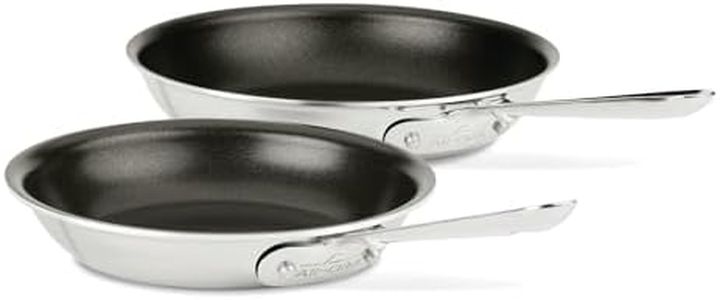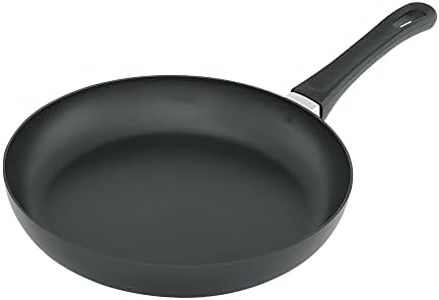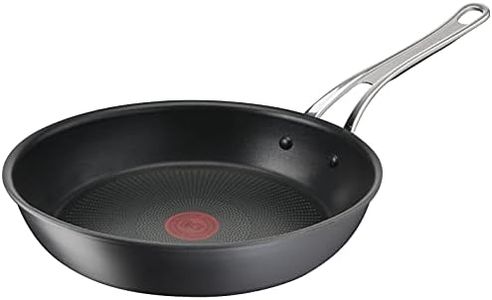We Use CookiesWe use cookies to enhance the security, performance,
functionality and for analytical and promotional activities. By continuing to browse this site you
are agreeing to our privacy policy
10 Best Nonstick Frying Pans
From leading brands and best sellers available on the web.Buying Guide for the Best Nonstick Frying Pans
Choosing a nonstick frying pan might seem simple, but there are several important details to think about if you want something that will last, cook well, and be comfortable for you to use. The right pan can make everyday cooking easier, whether that’s eggs in the morning or quick dinners at night. You should consider the materials, size, handle comfort, compatibility with your stove, and how easy the pan is to clean. Reflecting on your habits—what you cook, how many people you typically cook for, and your willingness to care for your cookware—will help you choose a pan that’s a great fit for your kitchen.Coating MaterialThe coating material is what makes the pan nonstick and can affect everything from how easily food releases to how durable the pan is. Most nonstick pans use either PTFE (often known by the brand Teflon) or ceramic coatings. PTFE gives a very slick surface but should be used at lower temperatures, while ceramic is naturally nonstick and tends to be more resistant to higher temperatures, though it may wear more quickly. If you cook delicate foods like eggs, pancakes, or fish, a smoother, PTFE-based pan could be ideal, while ceramic pans may suit someone who frequently cooks at higher heats or wants a coating that's free from certain chemicals.
Pan SizePan size, usually measured in inches across the top, determines how much food you can cook at once. Common sizes are 8, 10, and 12 inches. Smaller pans (around 8 inches) are good for single servings or small tasks, while larger pans (10 to 12 inches) can handle meals for a couple or a family and fit more ingredients without overcrowding. Choose your size based on how many people you typically cook for and how much stovetop space you have.
Base MaterialThe base material, which is usually aluminum, stainless steel, or a combination, affects how evenly your pan heats and how well it retains that heat. Aluminum is lightweight and excellent for quick, even heating, though it can warp at high heat. Stainless steel bases are sturdier and often compatible with induction cooktops. If you want fast, even cooking without needing induction compatibility, aluminum works well. For durability and versatile stovetop compatibility, you might lean towards pans with a stainless steel base.
Handle Comfort and ConstructionHandle design impacts how safe and comfortable the pan feels to hold, especially when full. Handles can be metal, silicone-coated, or plastic, and they are attached using rivets or welded. Metal handles can go into the oven but might get hotter; silicone or plastic stay cooler but usually aren't oven safe. Consider whether you often move your pan from stovetop to oven, and how much comfort or oven safety matters to you when making your choice.
Stovetop CompatibilityNot every nonstick pan works on every type of stove. If you have an induction cooktop, look for pans labeled as induction compatible, which usually have a magnetic base. Electric and gas stoves work with almost any pan. Make sure to match your pan to your stove so you don’t run into issues with heating or safety.
Ease of CleaningSome nonstick pans are dishwasher safe while others need hand washing to preserve the coating. Frequent dishwashing can degrade certain nonstick finishes faster. If you prefer easy cleanup and don’t mind occasionally hand washing, almost any pan will do. If convenience is key, look for ones labeled dishwasher safe—but still consider gentle care to make the pan last longer.
